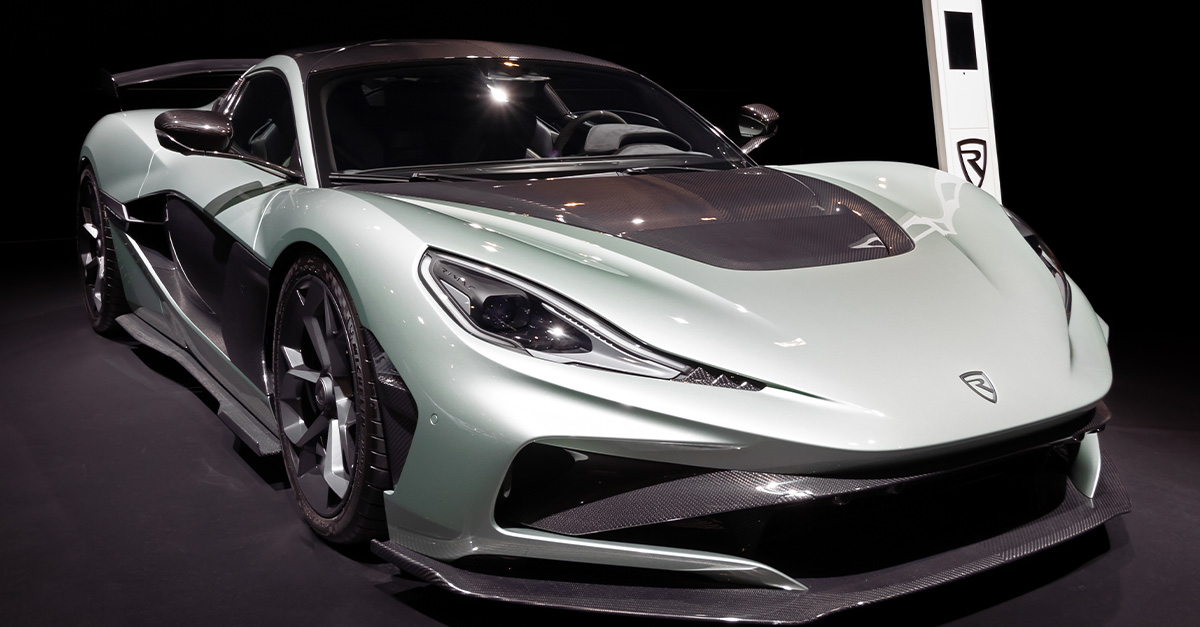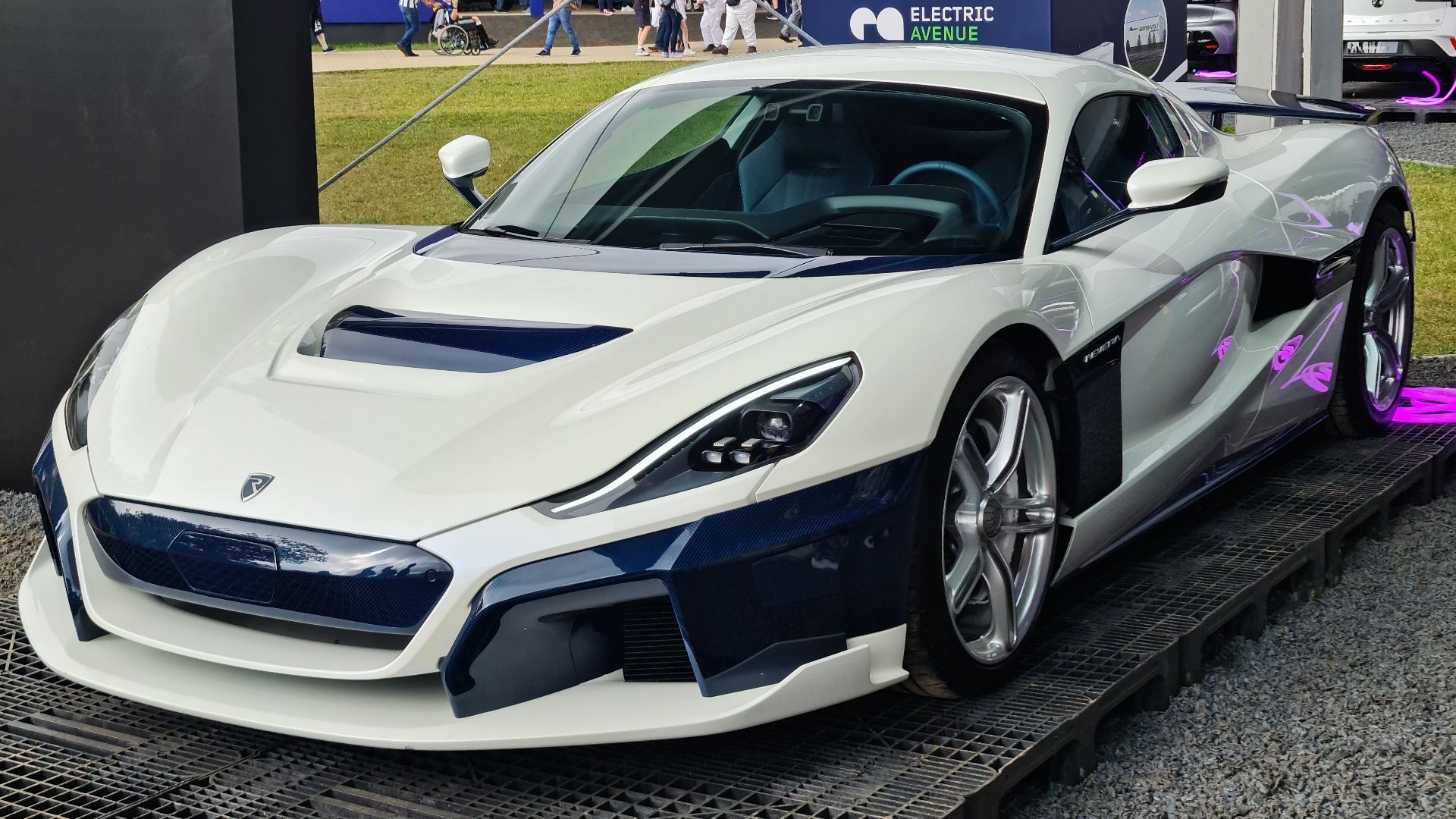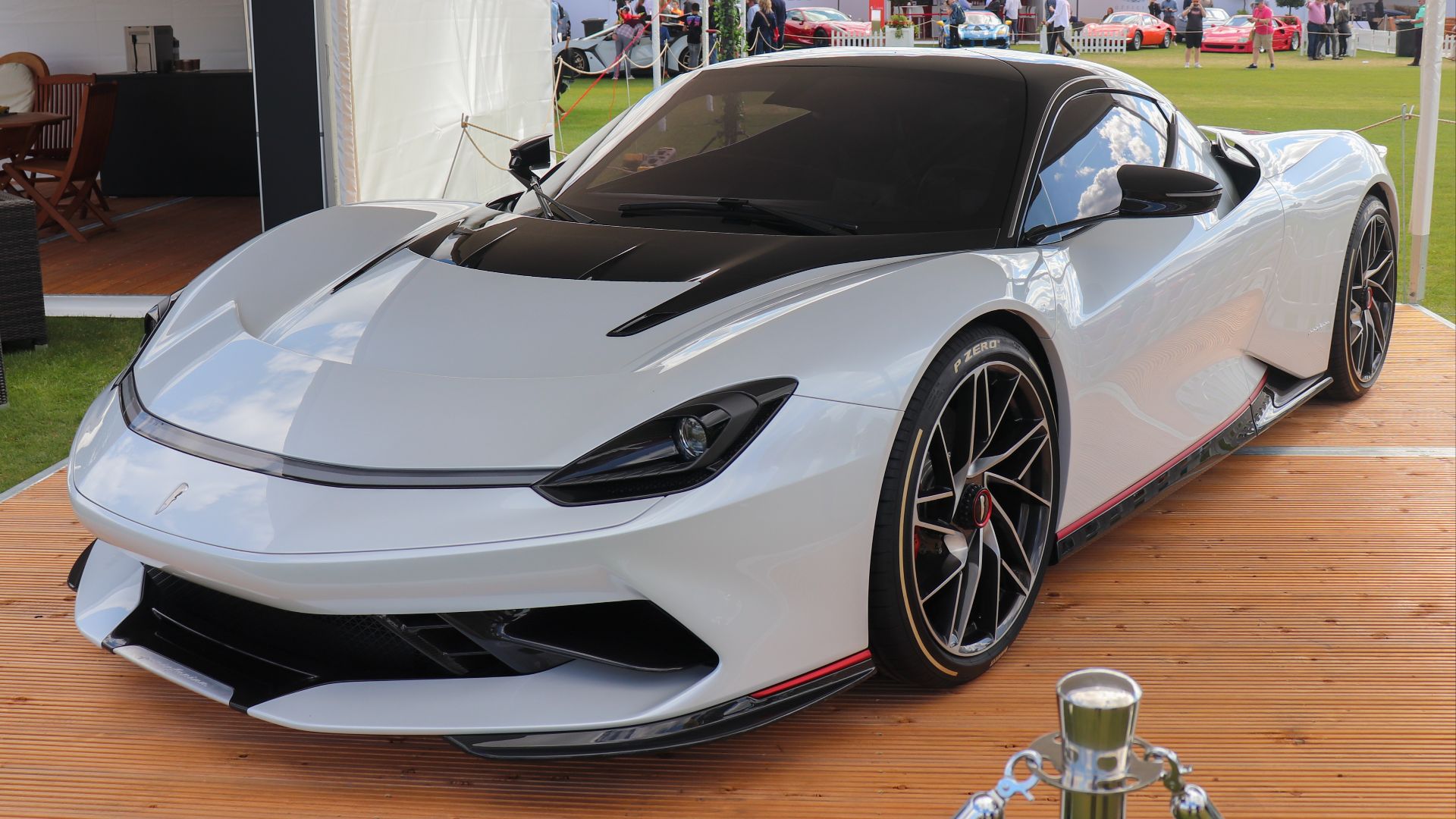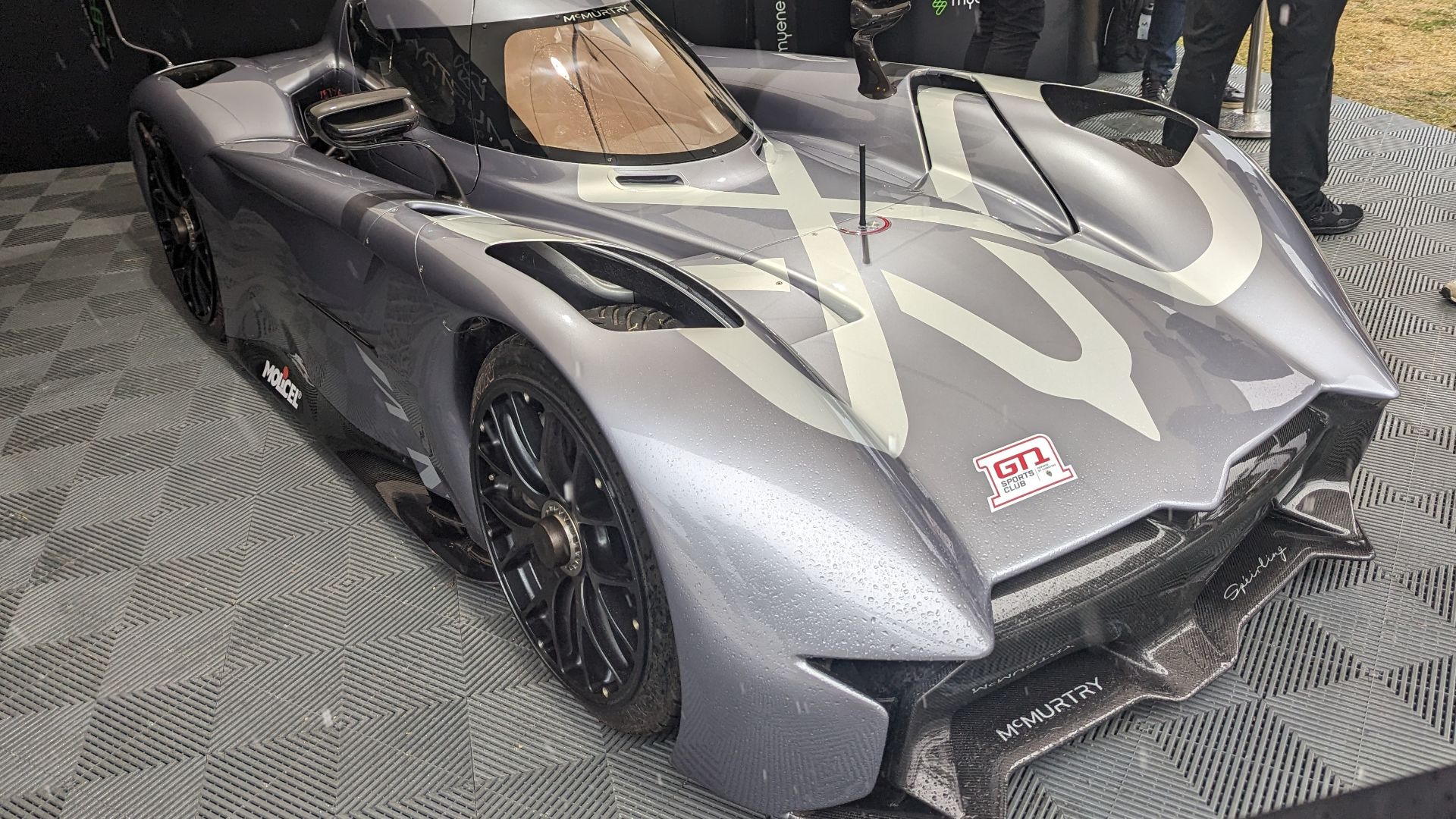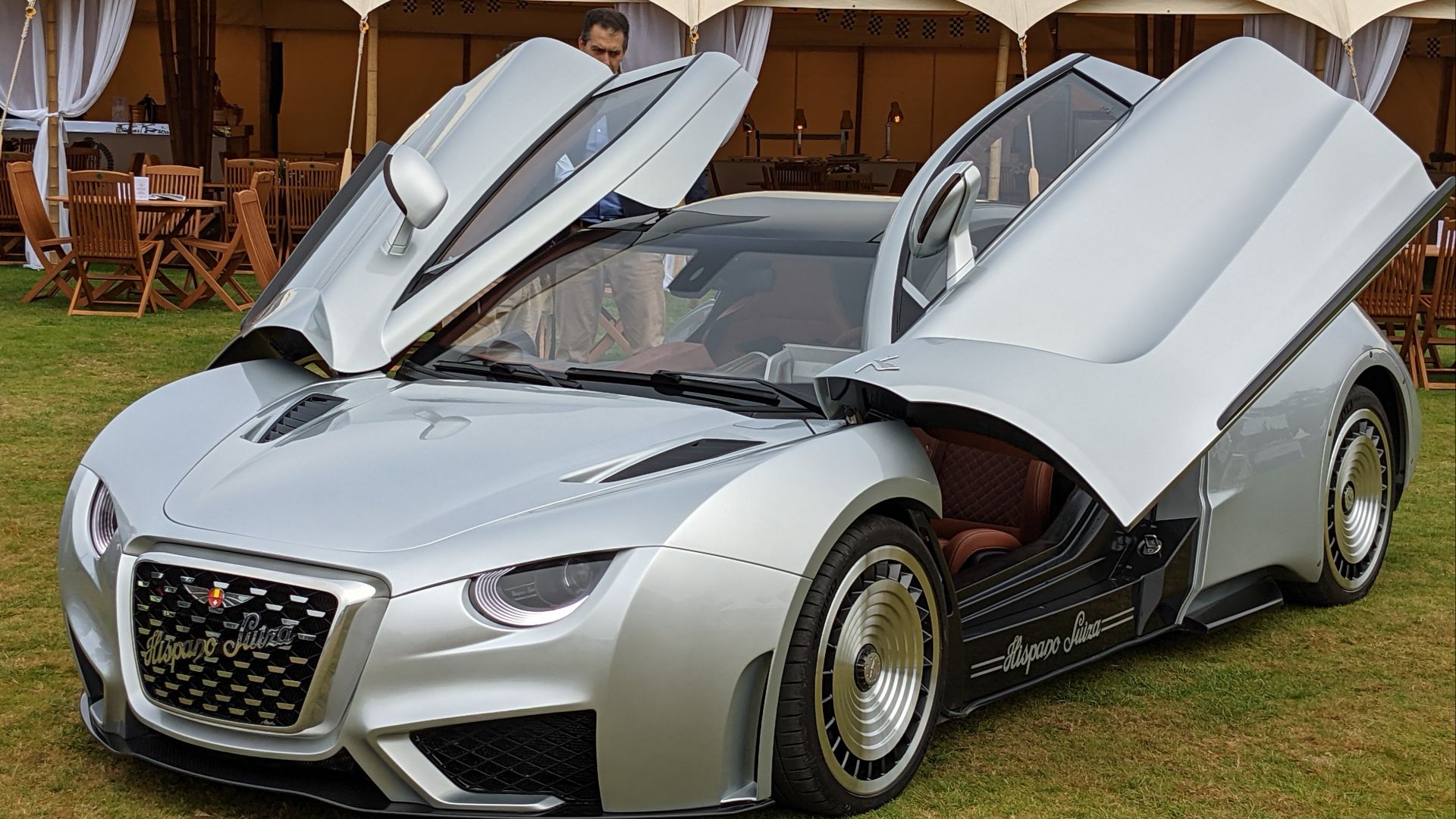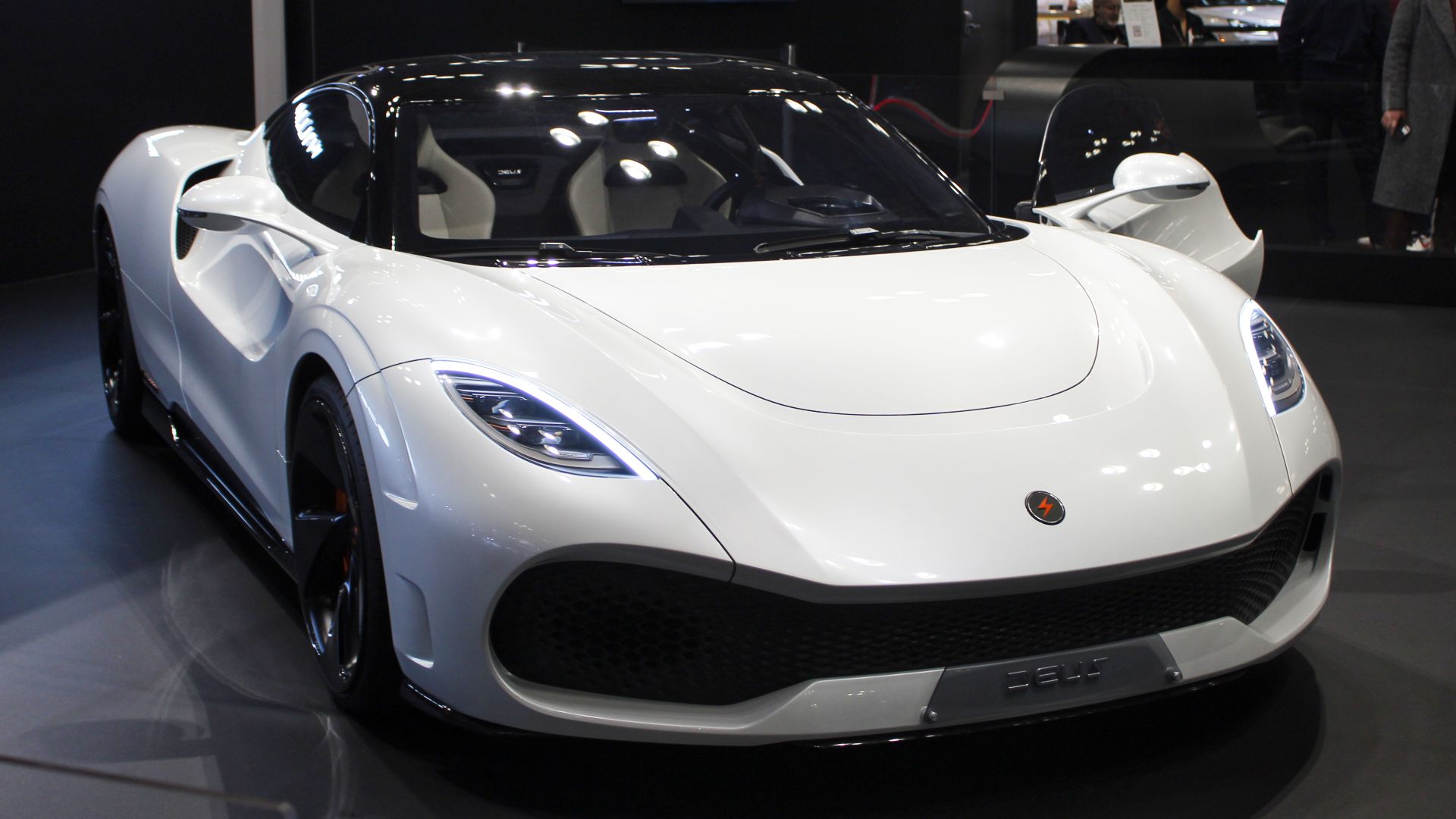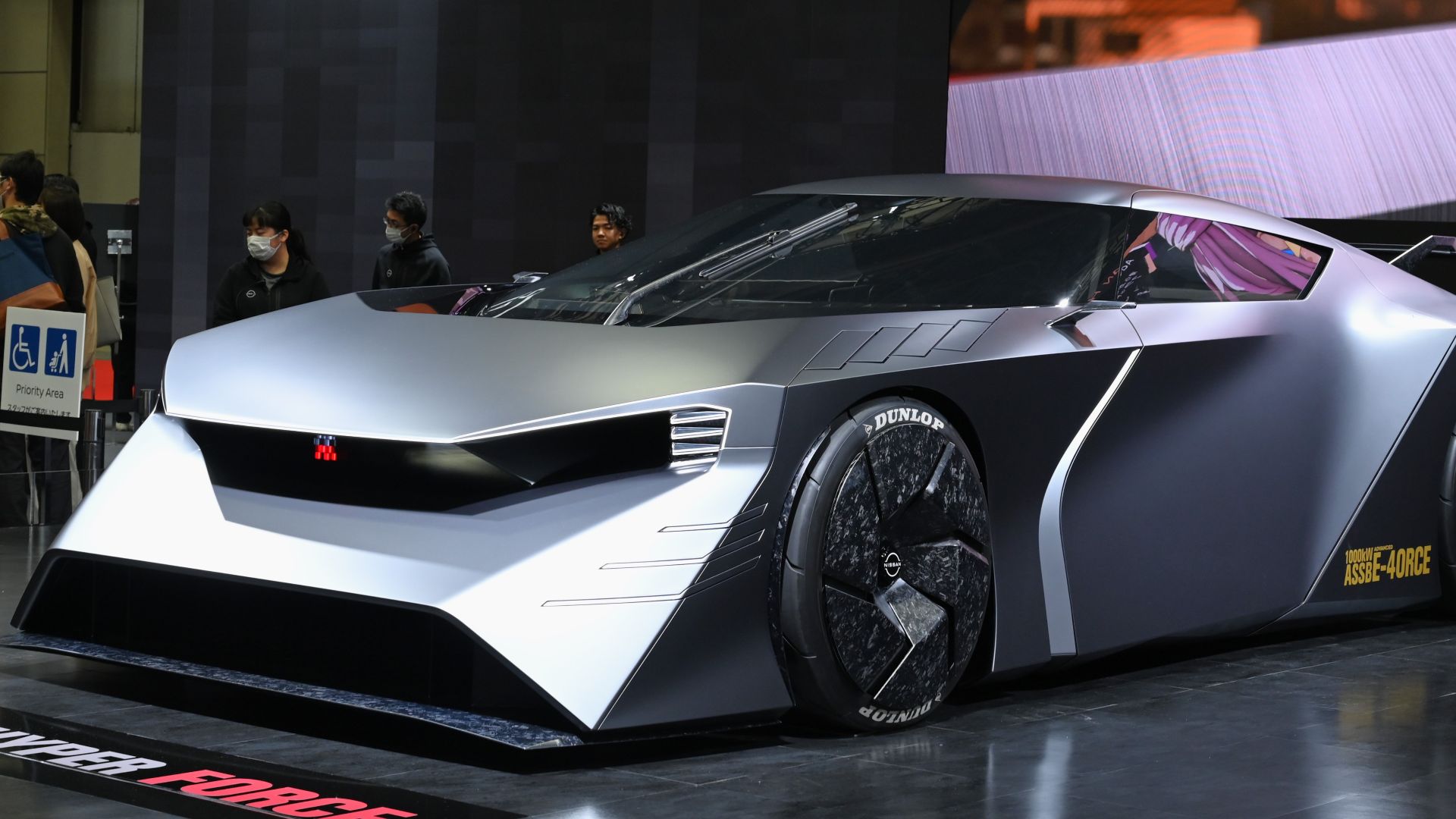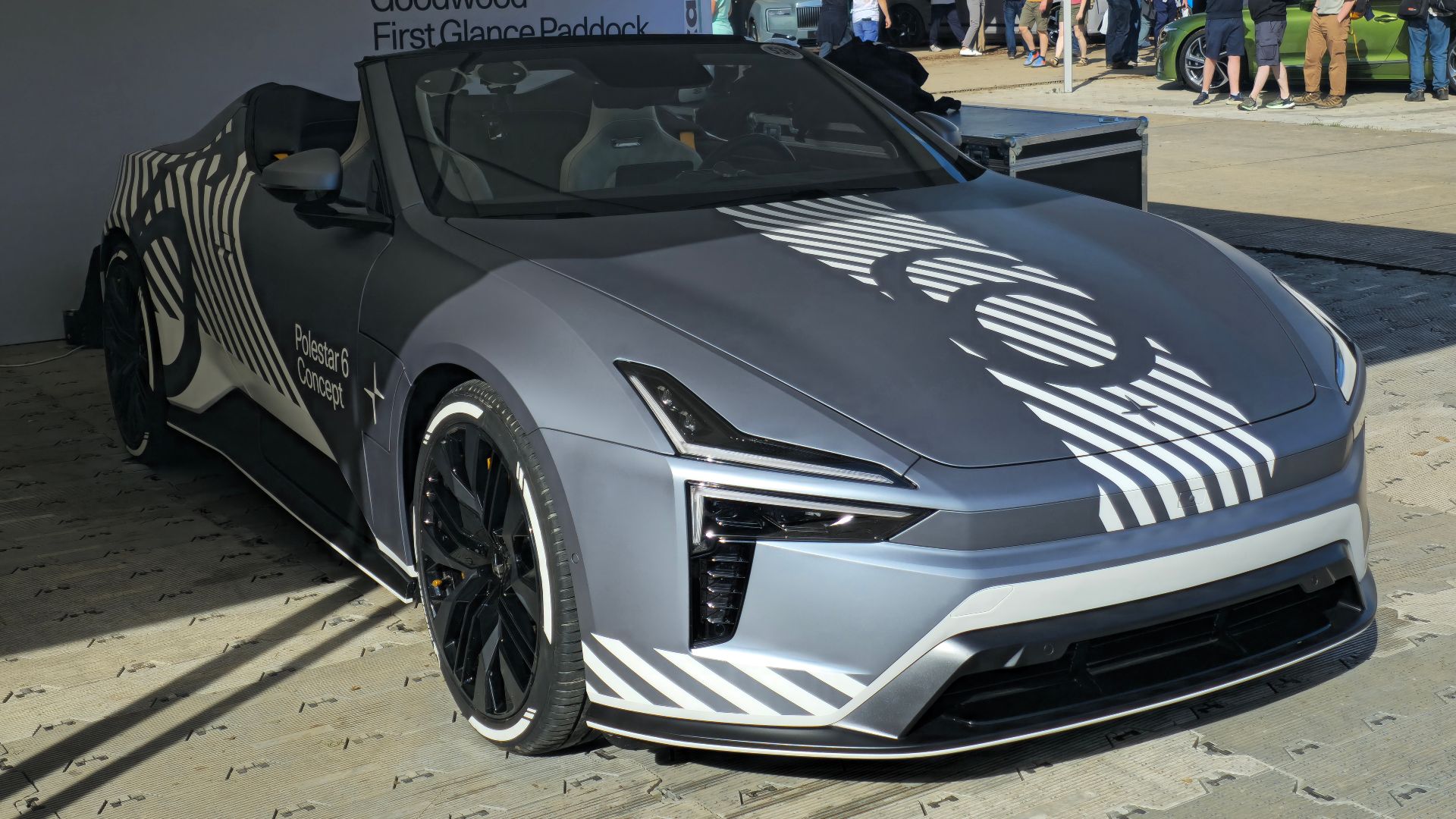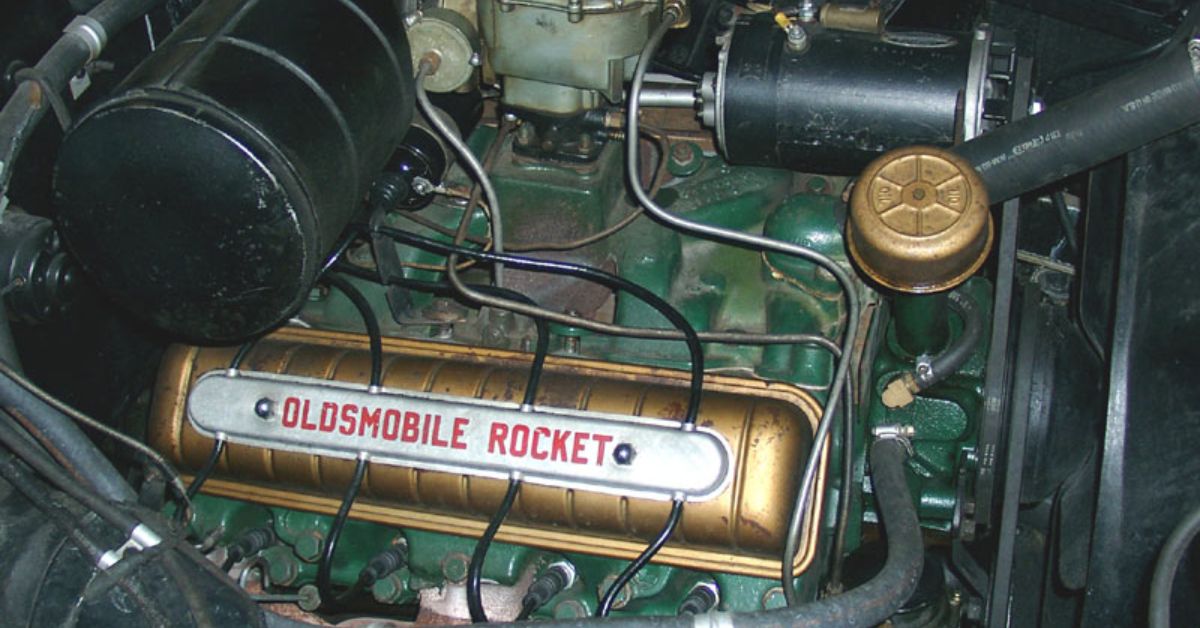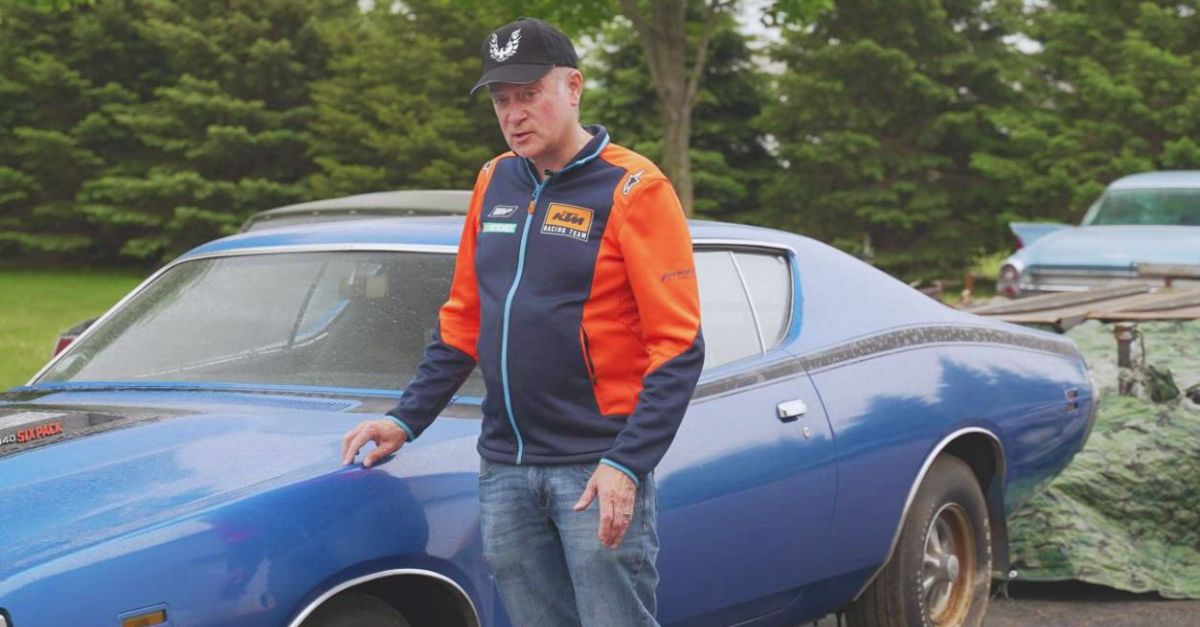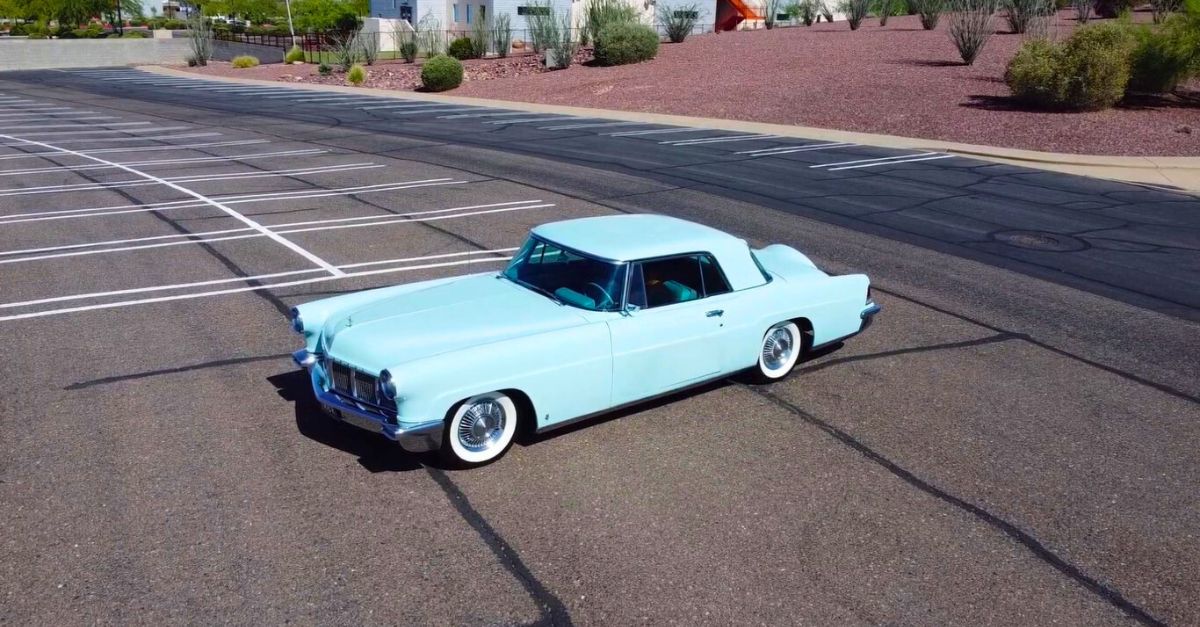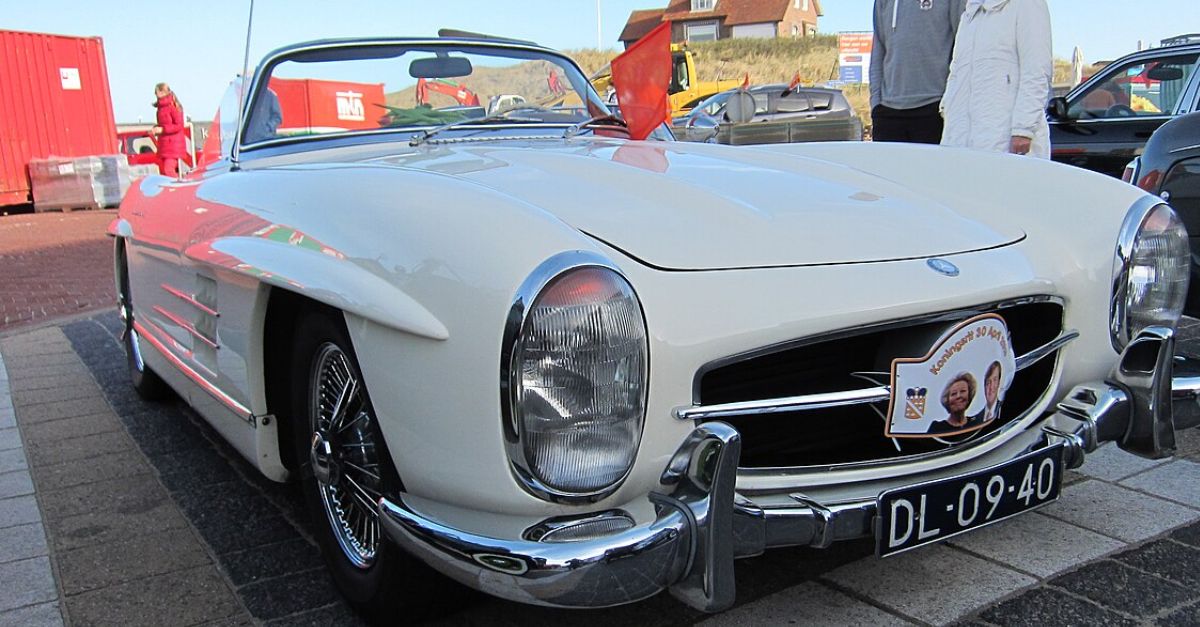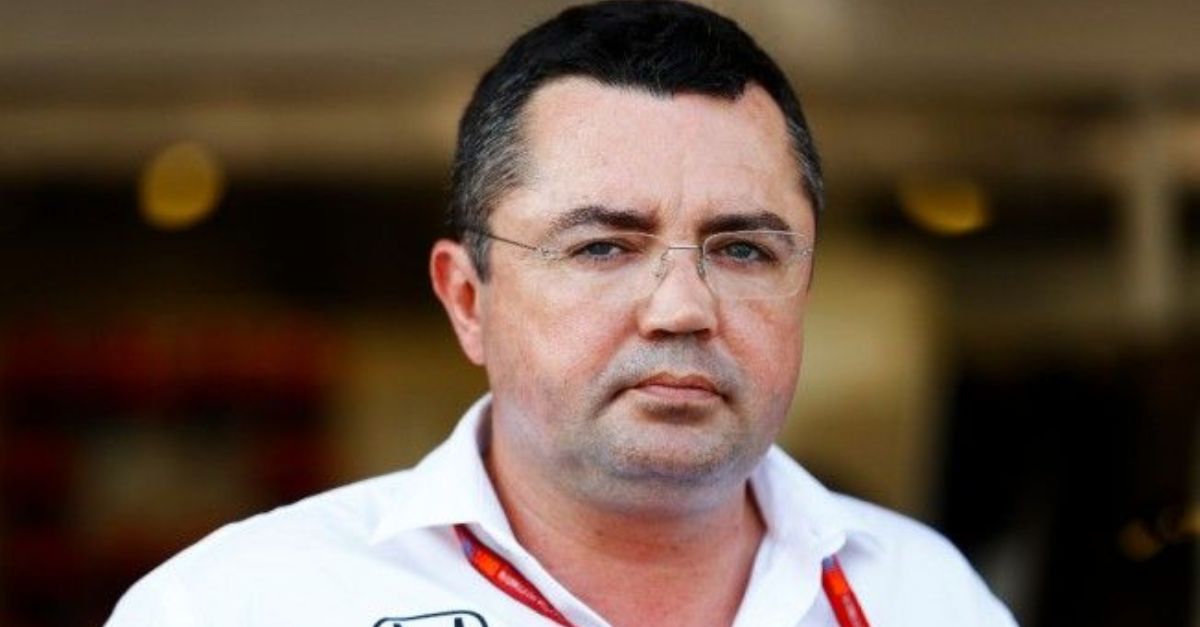These Electric Supercars Are Redefining What's Possible In The EV World
Electric hypercars aren’t just matching yesterday’s V12s—they’re lapping them. From record-shattering sprints to wild new motor tech, these machines are rewriting what “supercar” means and dragging everyday EVs forward in the process (think better batteries, faster charging, smarter torque vectoring). As you’ll see below, the same innovations powering Nürburgring lap records and sub-2-second launches are the ones that will make your next family EV quicker to charge, safer, and more fun.
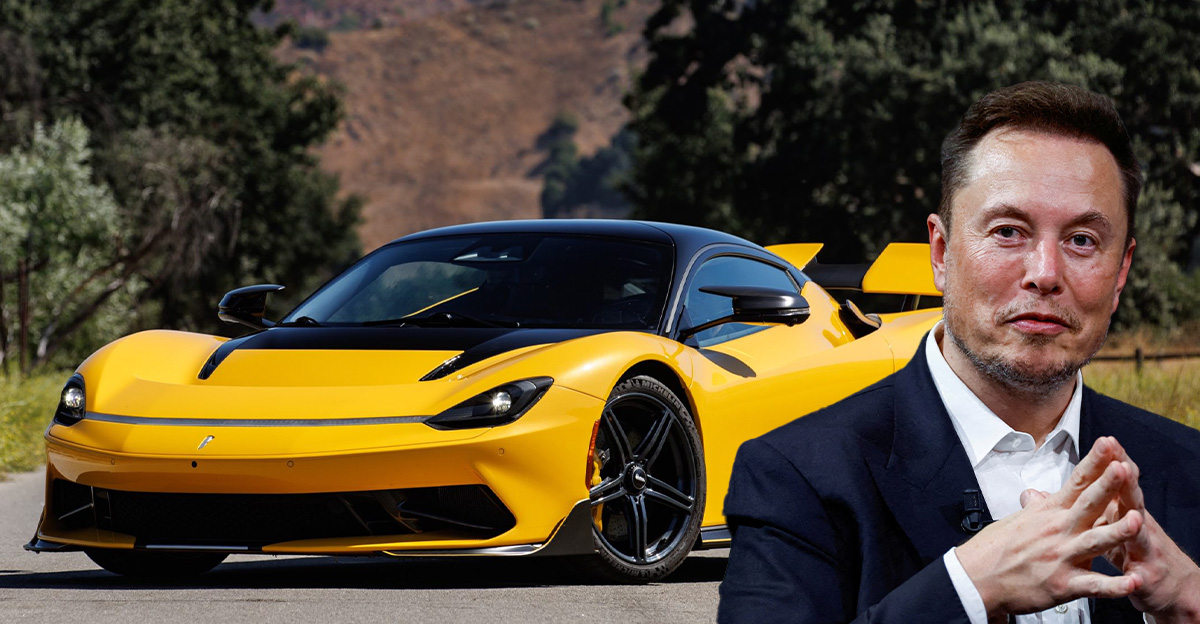
Nevera-Saurus Rex: Rimac’s Record Vacuum
The Rimac Nevera keeps moving the goalposts: verified independent testing showed it taking 23 performance records in a single day, including the fabled 0–248 MPH run; the updated Nevera R has since pushed the benchmark down to 25.79 seconds and set more records with up to 2,107HP, beyond the wow, its torque-vectoring and battery tech filter into future mainstream EVs.
Battista Blitz: The Italian That Beat Physics
Automobili Pininfarina’s Battista pairs Rimac-developed hardware with Italian theatre to become the world’s quickest-accelerating road-legal car, officially clocking 0–60 MPH in 1.79 seconds and a 217MPH top speed. It shows how refined software (launch control and torque vectoring) can make huge power usable—and repeatable.
Evija Effect: Lotus Makes Light Work Of 1,900 Horsepower
Lotus stayed true to Chapman’s “simplify, then add lightness,” even at 1,900HP. The Evija’s focus on weight, aero-porous bodywork and four-motor vectoring previews how future EVs can blend small batteries with giant performance through efficiency, not just brute force.
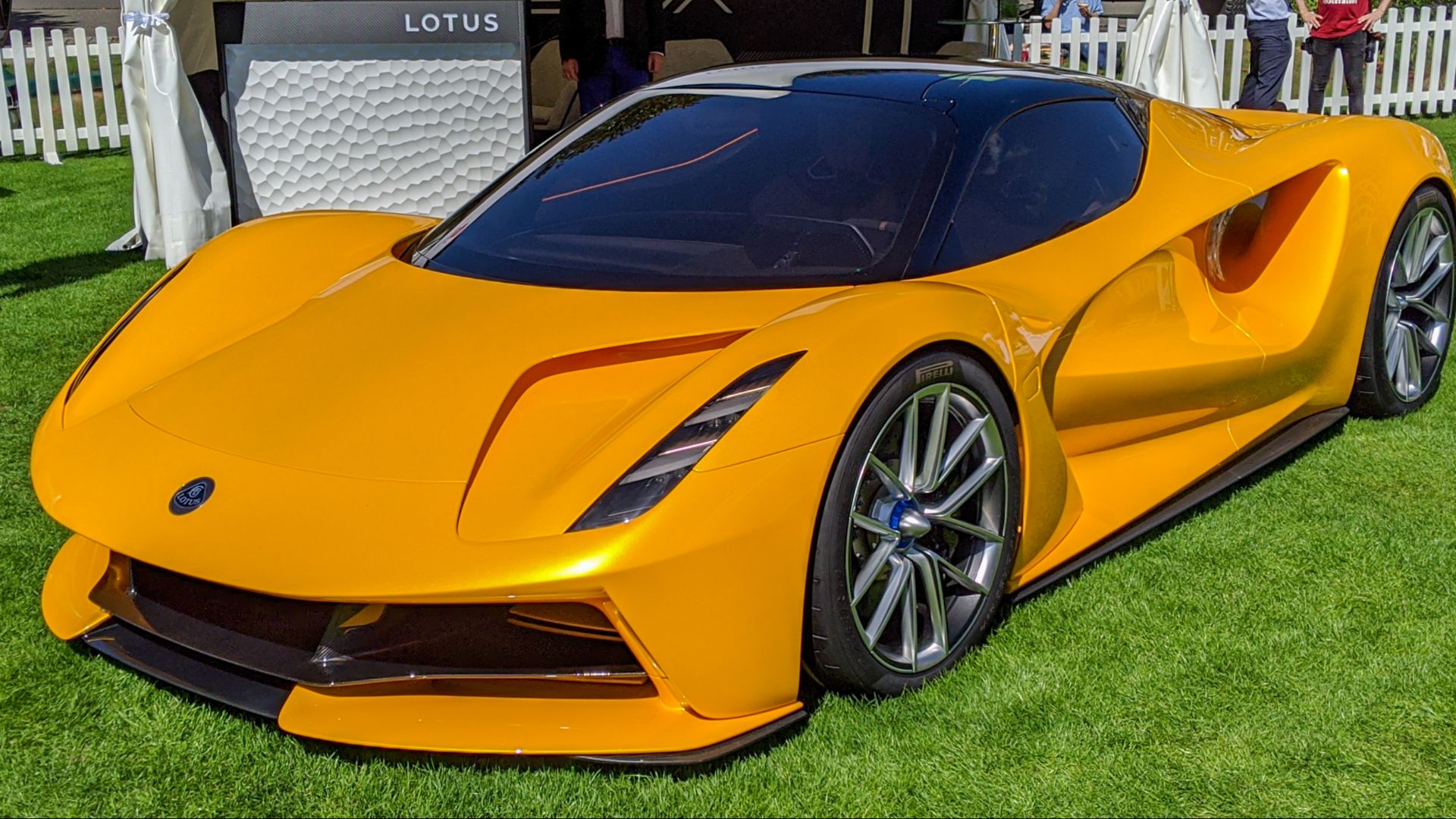 Chelsea Jay, Wikimedia Commons
Chelsea Jay, Wikimedia Commons
Pocket Rocket Science: McMurtry Spéirling
Goodwood’s all-time hillclimb record holder uses a fan system that generates about 2,000 kg of downforce from a standstill—yes, really. The Spéirling proves that active-aero innovation (and extreme packaging) can yield giant-killer pace while hinting at stability and grip tricks that could migrate to road EVs.
Silent Owl, Loud Numbers: Aspark Owl
Built with MAT in Italy, the Owl claims 0–60MPH in 1.69 s and 249 MPH flat out, courtesy of four PMSM motors and a razor-low profile. It’s a showcase for how compact motors and aggressive gearing can unlock outrageous low-speed punch—exactly where daily EVs feel the difference.
 Dylan Johnson, Wikimedia Commons
Dylan Johnson, Wikimedia Commons
EP9 Shock Therapy: NIO’s Early Record Breaker
Back in 2017, the NIO EP9 stunned the world with a 6:45.90 lap of the Nürburgring Nordschleife, blazing a trail for EV credibility in motorsport and proving that thermal management and vectoring were already race-ready. Those lessons are now baked into the brand’s road cars.
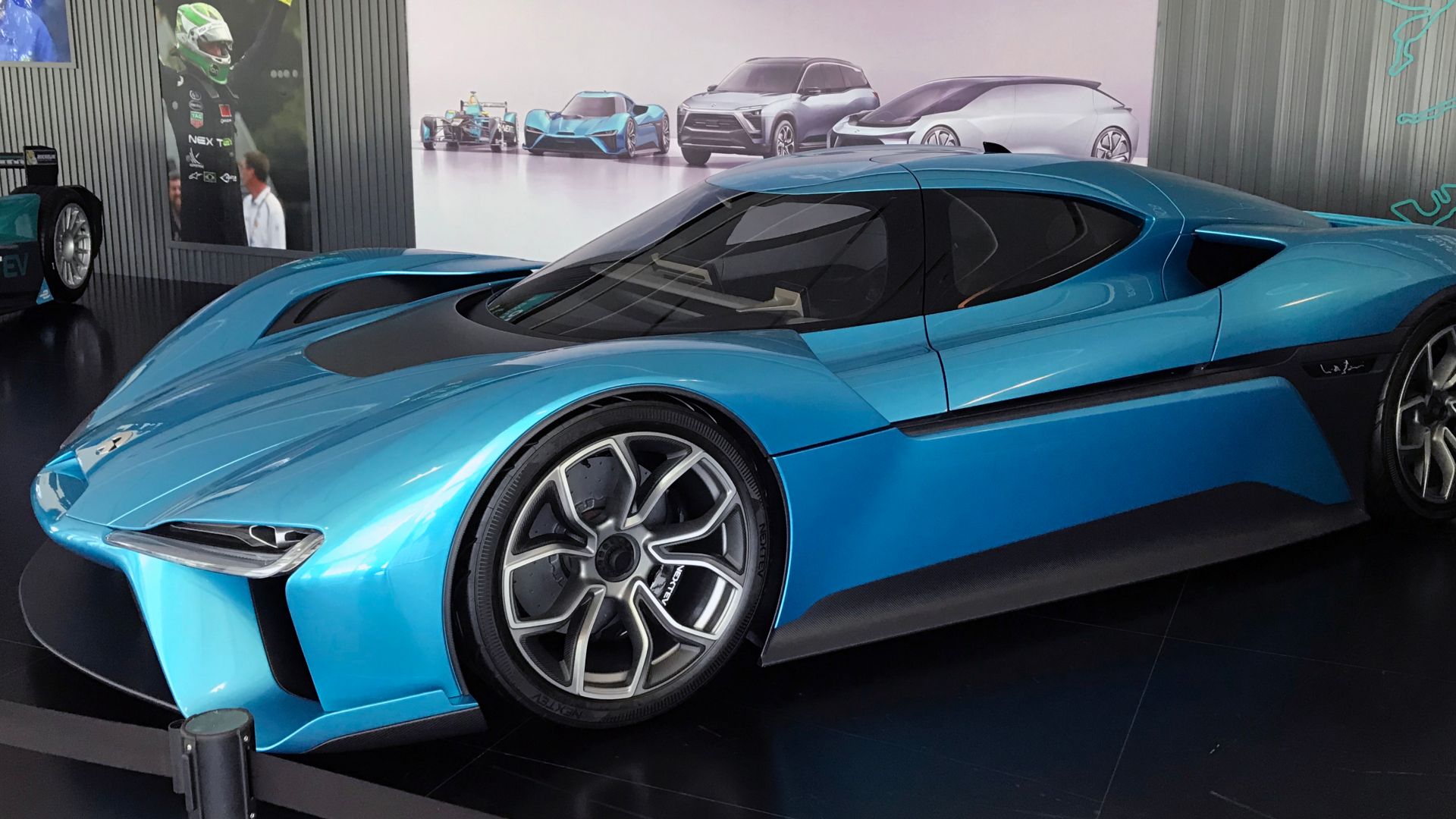 Jengtingchen, Wikimedia Commons
Jengtingchen, Wikimedia Commons
Heritage, Reloaded: Hispano Suiza Carmen Boulogne
The revived Spanish marque’s Boulogne channels 1930s elegance with 1,114HP, carbon construction and a 0–100 km/h time around 2.6 s. It’s a rolling argument that electrification can revive classic brands without sacrificing drama—or performance.
California Wildcard: RAESR Tachyon Speed
Six direct-drive motors, 1,250+HP, and claimed 240+ MPH make the Tachyon a boutique beast. Its adjustable aero and torque-vectoring philosophy show how software-defined handling can be tuned for street or track—an EV advantage that scales far beyond hypercars.
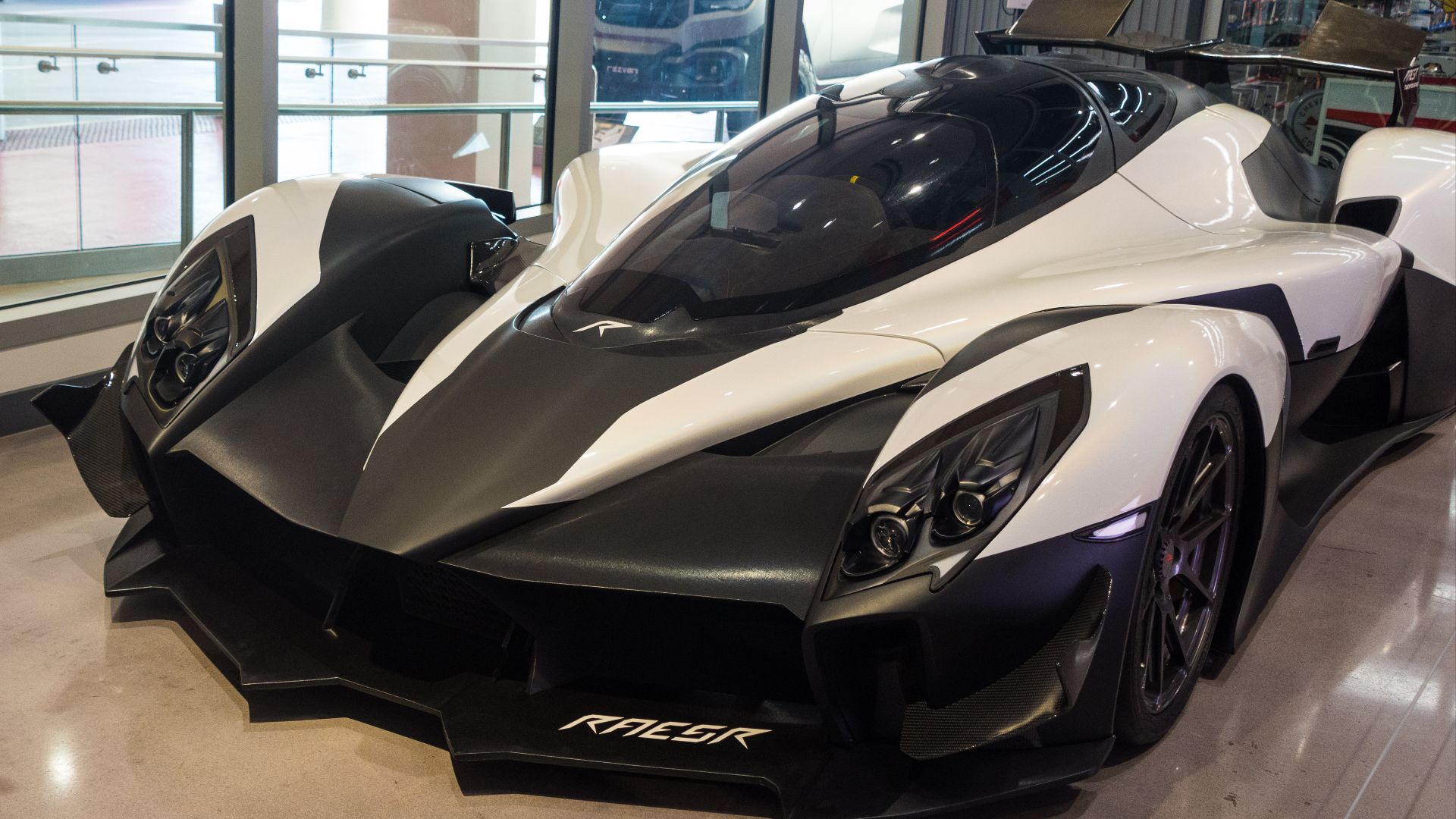 Robert Rouse from United States, Wikimedia Commons
Robert Rouse from United States, Wikimedia Commons
Jet-Set EV: Ariel Hipercar
Ariel’s quad-motor Hipercar targets 1,180HP—and offers a tiny gas-turbine range extender for track days without charge breaks. It’s a masterclass in modular EV design: lightweight packaging, YASA motor tech, and optional range add-ons that preview flexible architectures for future performance EVs.
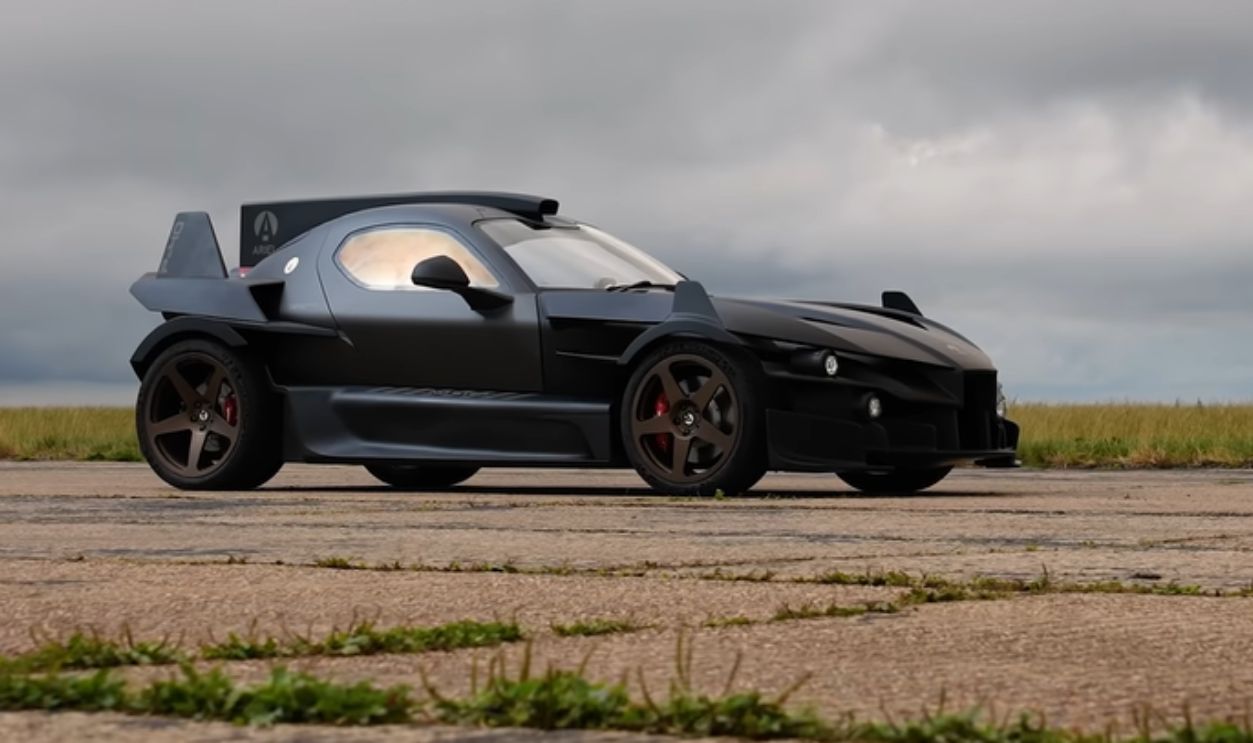 NEW Ariel Hipercar – 1180bhp, 0-60mph In 2secs + Jet Engine?! | Top Gear, Top Gear
NEW Ariel Hipercar – 1180bhp, 0-60mph In 2secs + Jet Engine?! | Top Gear, Top Gear
Electric ‘Vette: Genovation GXE
The GXE turned a Corvette into an 800HP EV missile and clocked 211.8 MPH, demonstrating how EV swaps can achieve bona-fide supercar speed. Its dual-motor layout and aero tweaks foreshadowed the modern wave of high-performance conversions and boutique builds.
 CES 2018: The Genovation GXE is an electric Corvette with a seven-speed manual, CNET Cars
CES 2018: The Genovation GXE is an electric Corvette with a seven-speed manual, CNET Cars
The Blueprint: Rimac Concept_One
Rimac’s first hyper-EV made 1,224 hp and did 0–100 km/h in 2.5 seconds years ago, debuting torque vectoring and four-motor control that others now emulate. It’s the proto-Nevera that proved a startup could out-innovate the establishment—with software as the secret sauce.
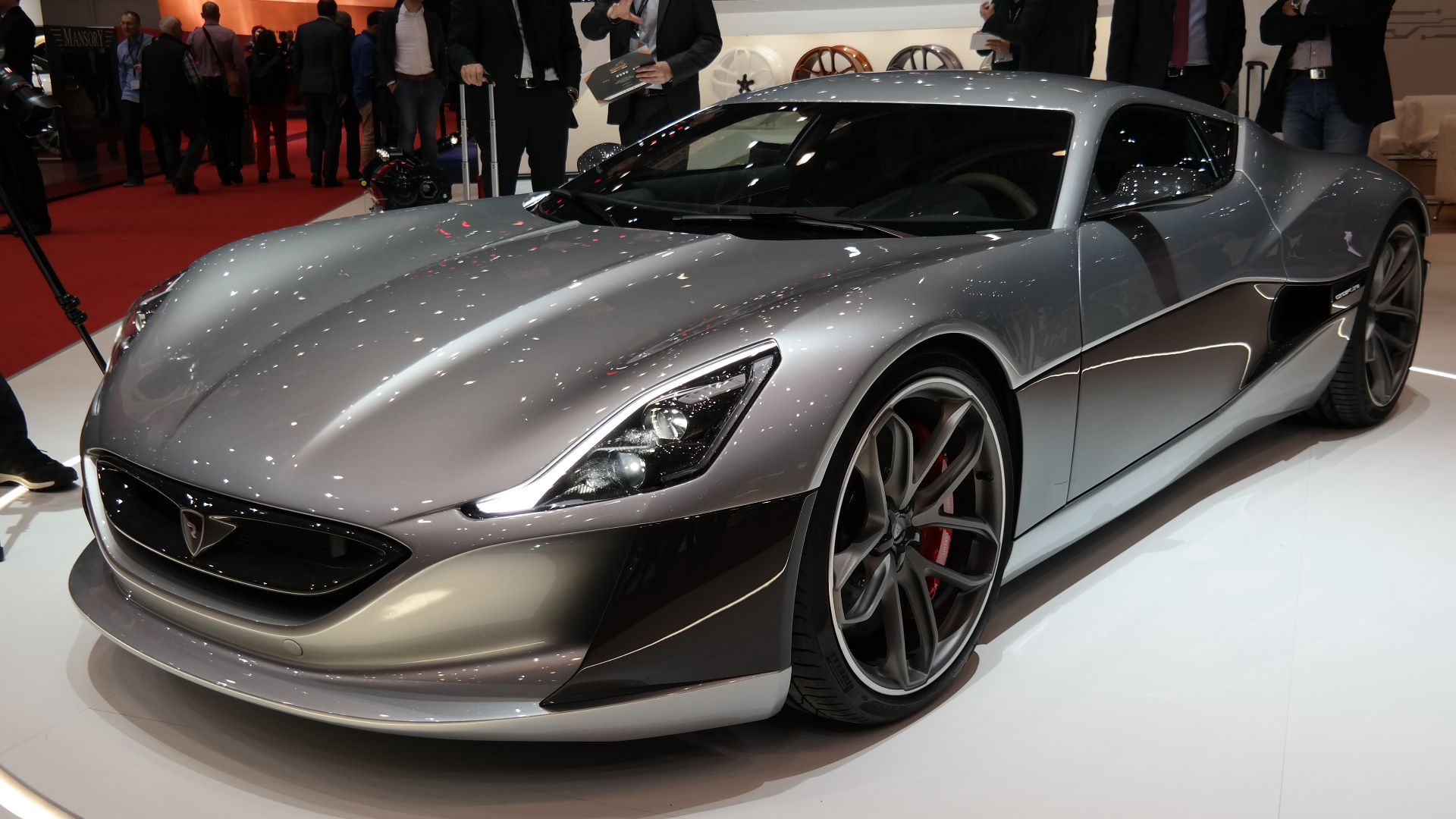 Norbert Aepli, Switzerland (User:Noebu), Wikimedia Commons
Norbert Aepli, Switzerland (User:Noebu), Wikimedia Commons
Mission Possible: Porsche Mission X
Still a concept, Mission X lays out Porsche’s plan: roughly 1:1 power-to-weight, downforce beyond a 911 GT3 RS, and 900-volt architecture that charges about twice as quickly as today’s Taycan Turbo S. If built, it would set a new Nürburgring road-legal benchmark—and bring ultrafast charging tech to future Porsches.
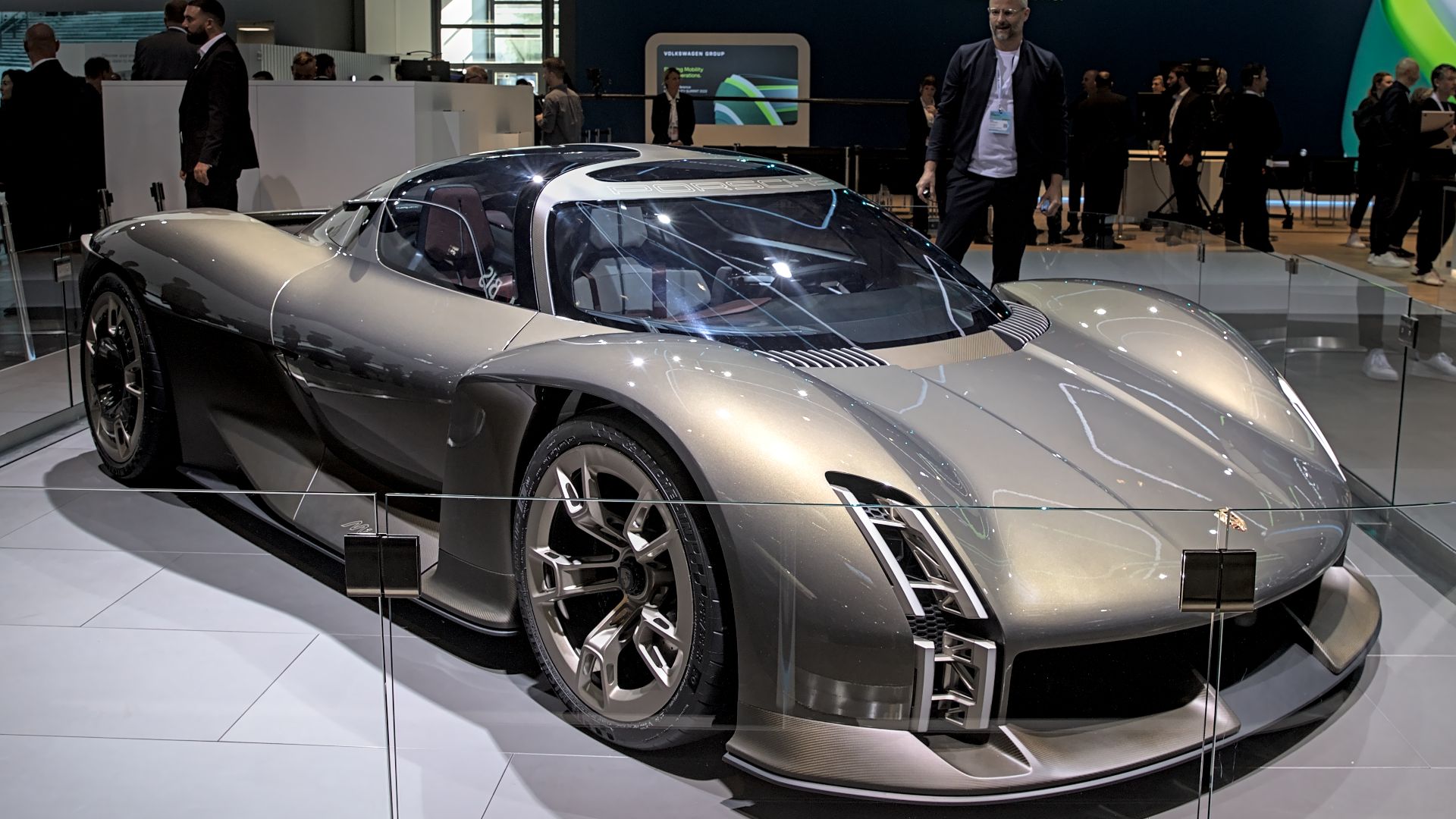 Alexander-93, Wikimedia Commons
Alexander-93, Wikimedia Commons
The Perennial Tease: Tesla Roadster (Next Gen)
Tesla still touts sub-2.0-second 0–60 mph, 250+ MPH, and huge range for its next Roadster; production has slipped, with talk of 2025. Whether or not the final specs match the sizzle, the concept pushed rivals toward insane acceleration and big-range targets that ultimately benefit all EVs.
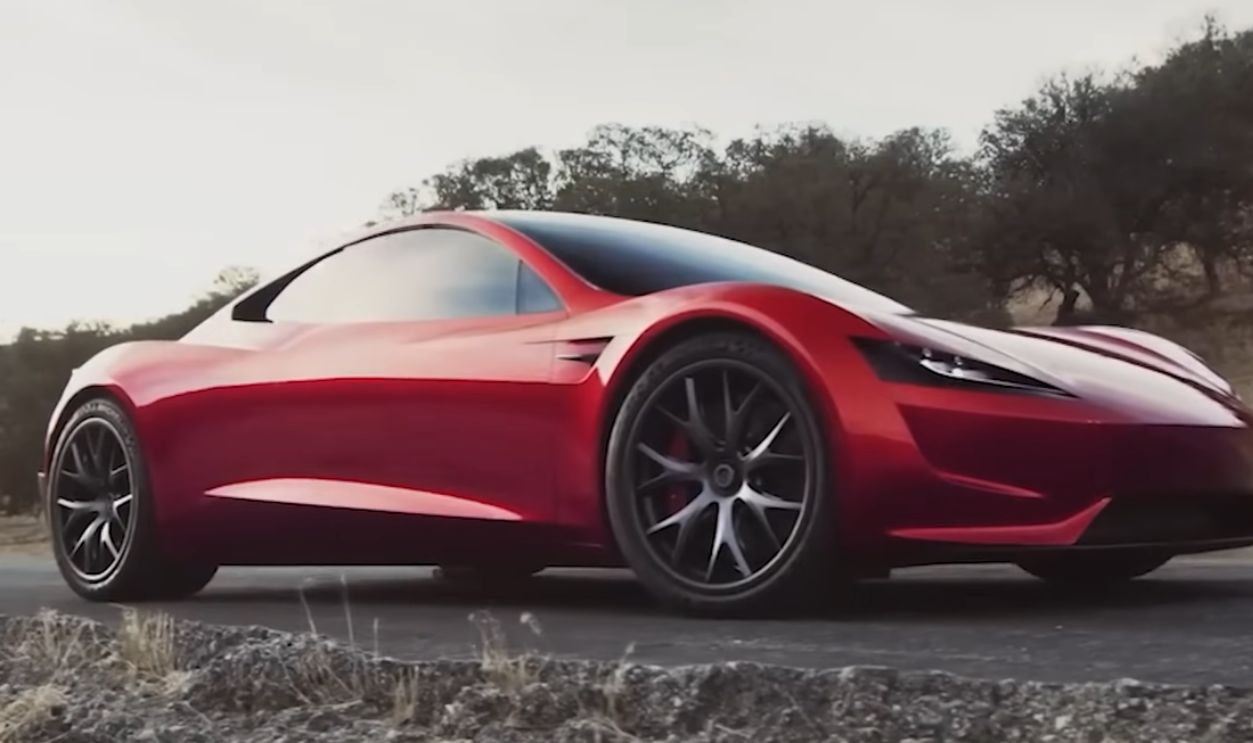 2025 Tesla Roadster: Is This the FASTEST Car Ever Made?, Future Fuel
2025 Tesla Roadster: Is This the FASTEST Car Ever Made?, Future Fuel
Open-Air Overkill: Automobili Pininfarina B95
Dubbed the first “hyper-barchetta,” the B95 shares the Battista’s 1,900 PS powertrain in a sleek, roofless design limited to single digits. It underlines how EV platforms can be spun into wild coachbuilt variants without re-engineering the fundamentals—speeding niche models to market.
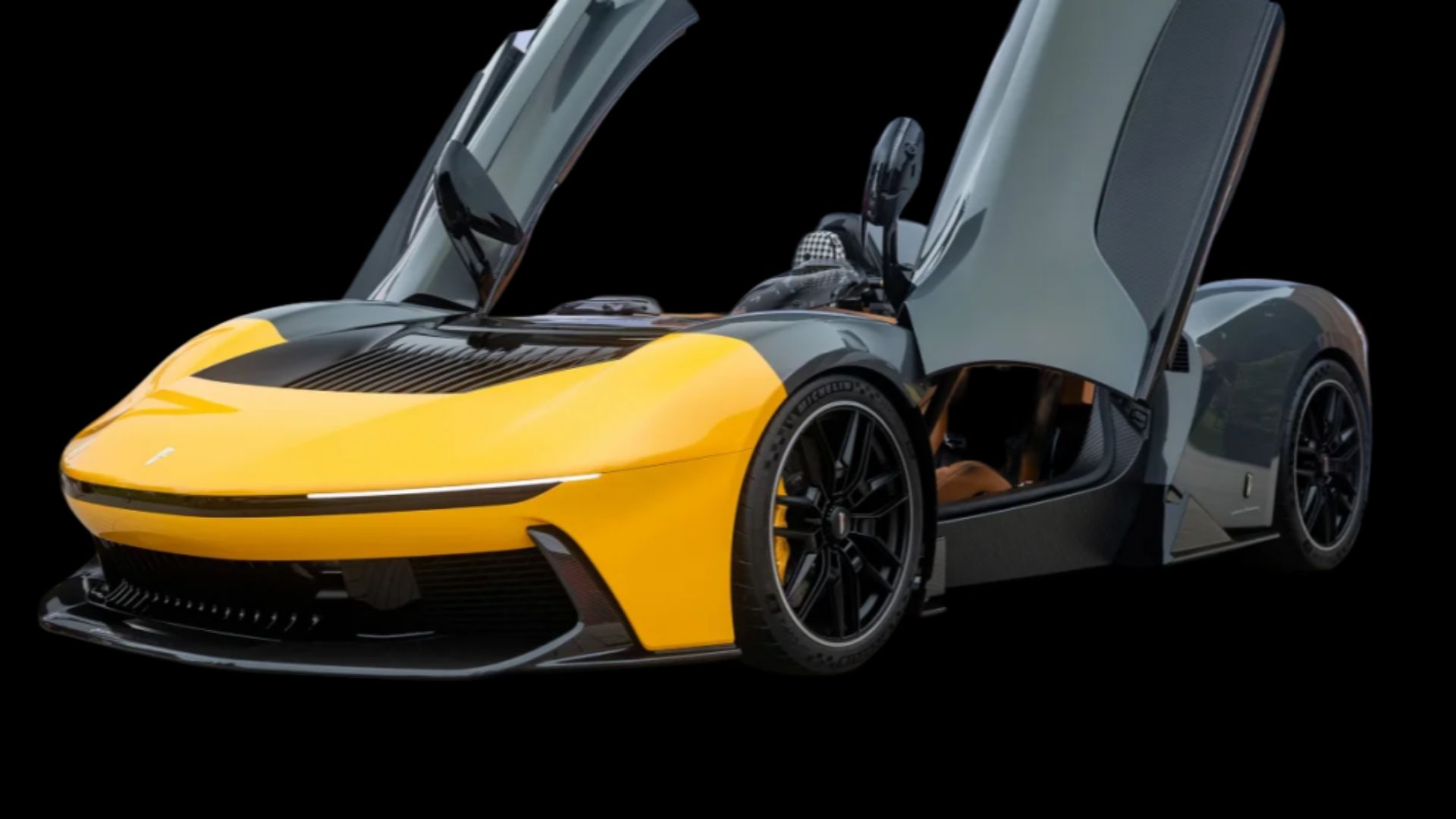 WikiGenesis, Wikimedia Commons
WikiGenesis, Wikimedia Commons
The Quiet Storm From Beijing: Arcfox GT
Developed with QEV Technologies, the Arcfox GT boasts up to ~1,600HP and a claimed 0–100 km/h in 2.59 seconds. It’s a reminder that high-end EV know-how (think Formula E-grade integration) is spreading rapidly, accelerating competition and tech transfer worldwide.
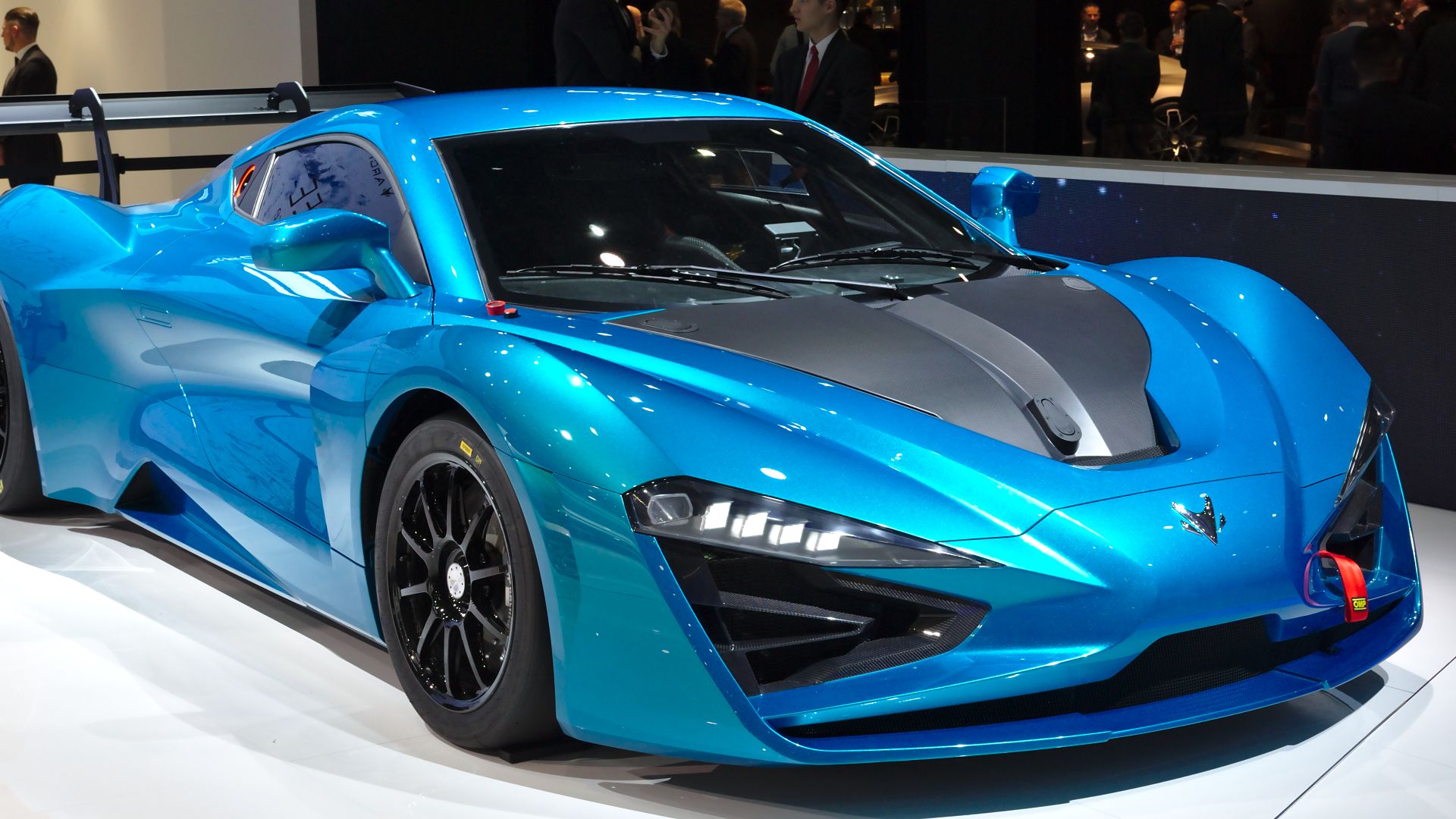 Alexander Migl, Wikimedia Commons
Alexander Migl, Wikimedia Commons
2,200-Horse Claim: Deus Vayanne
This Italdesign- and Williams-assisted hyper-EV concept targets over 2,200 hp while promising everyday usability—big power without the histrionics. Even if numbers evolve, the supplier ecosystem behind it is the real story: top-tier engineering houses are standardizing hyper-EV building blocks.
GT-R Tomorrow: Nissan Hyper Force
Nissan’s Hyper Force concept hints at an all-electric GT-R future: solid-state battery targets, ~1,000 kW (1,341HP), and e-4ORCE all-wheel control. It shows how Japan’s icons may leapfrog via battery breakthroughs—lighter packs, higher discharge rates, and finer control.
Scandinavian Skybreaker: Polestar 6
Polestar’s bonded-aluminum roadster pairs clean aero with an 800-volt architecture and targeted 884HP in launch “LA Concept” guise. The lesson: rigid, lightweight platforms plus high-voltage charging can deliver both grand-touring range and thrilling pace—without wild wings.
Orange Crush: Mercedes-Benz Vision One-Eleven
Mercedes’ Vision One-Eleven debuts compact, lightweight YASA axial-flux motors said to offer major power-density gains. If scaled to AMG road cars, expect lower mass, more cabin/battery space, and faster response—advantages that could redefine future performance EVs.
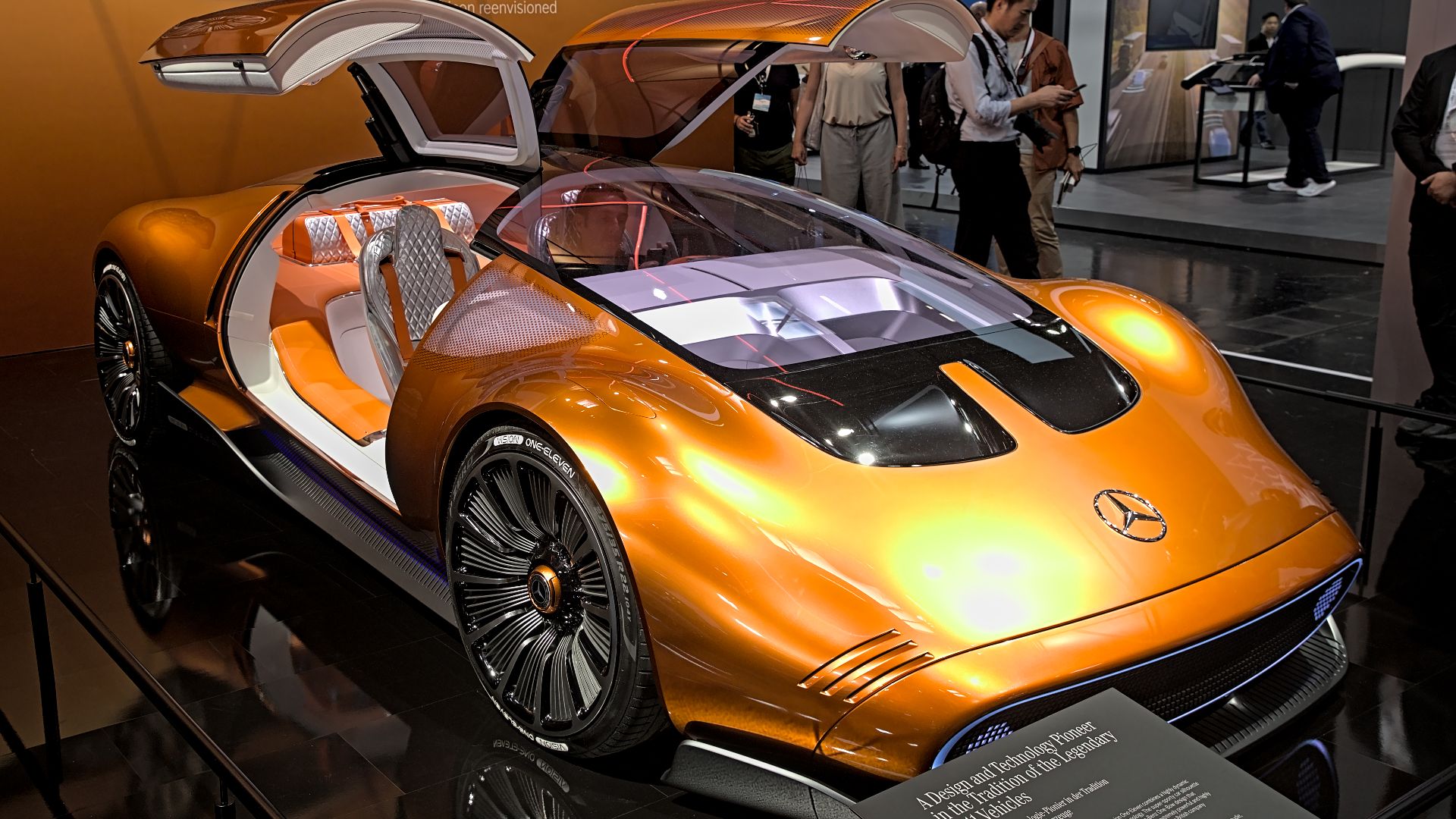 Alexander-93, Wikimedia Commons
Alexander-93, Wikimedia Commons
The Nürburgring Needle: Volkswagen ID.R
A pure race prototype, yes—but a crucial one. The ID.R’s 6:05.336 lap rewrote what EV aero, energy management and motor control could do on the world’s toughest circuit, accelerating the development of Volkswagen’s road-car EV platforms.
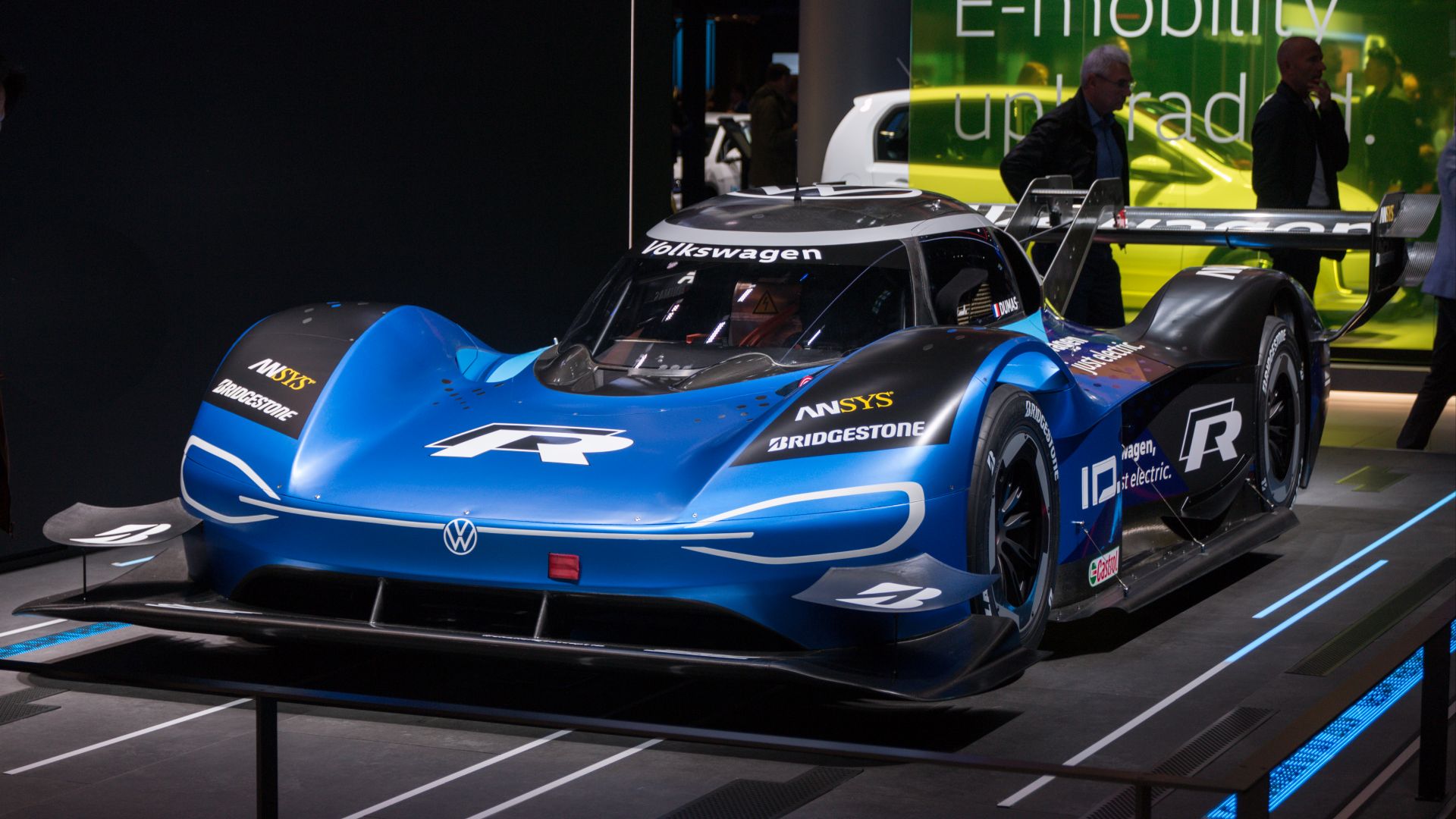 Johannes Maximilian, Wikimedia Commons
Johannes Maximilian, Wikimedia Commons
Why These Cars Matter Beyond The Hype
From monster four-motor torque vectoring (Nevera, Battista, Evija) to axial-flux motors (Vision One-Eleven) and ultra-high-voltage charging (Mission X), this class is a live-fire R&D lab. Records are headlines, but the real impact is quieter: better thermal management, smarter software, lighter components—exactly what makes mass-market EVs faster to charge, thriftier with energy, and more confidence-inspiring to drive.
The Road Ahead: Faster, Smarter, Greener
The combustion-era supercar forced tech into your hatchback—carbon tubs, dual-clutch gearboxes, variable aero. Electric hypercars are doing the same for batteries, motors, and code. Whether it’s a micro-turbine extender for track days (Ariel), fan-car downforce at walking pace (McMurtry), or 900-volt pit-stop charging (Porsche), today’s headline chasers are tomorrow’s daily-driver upgrades. Buckle up—the game is changing, and everyone wins.
 Jengtingchen, Wikimedia Commons
Jengtingchen, Wikimedia Commons
You May Also Like:
The Best Hybrid Sports Cars Of 2025
Electric Pick-up Trucks Compared—Which One Is Best?
Roger Federer's Million-Dollar Car Collection Is A Smash Hit

